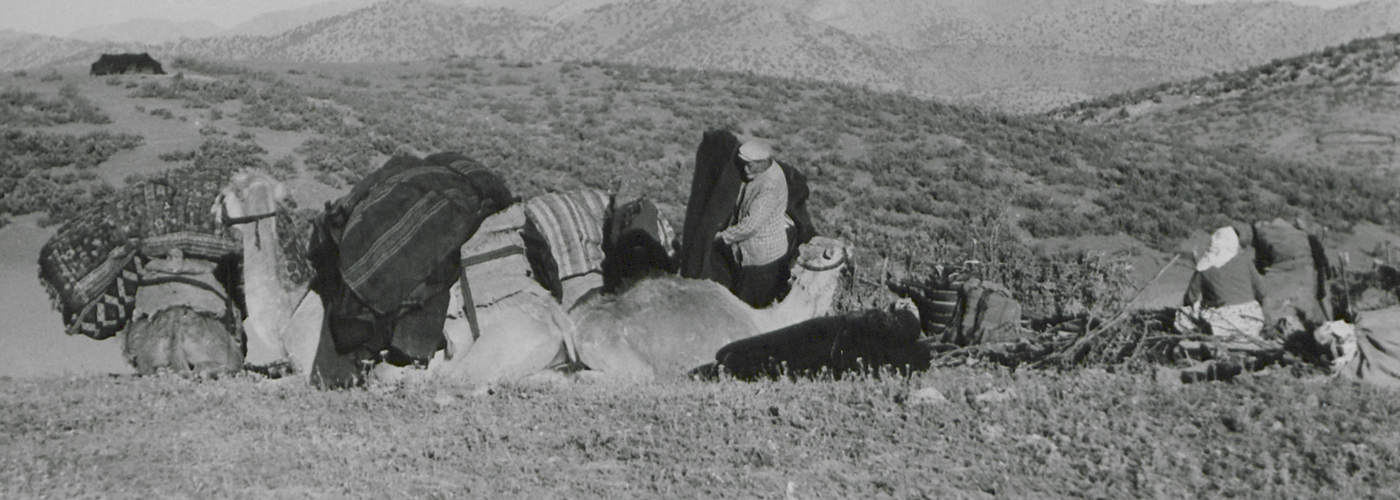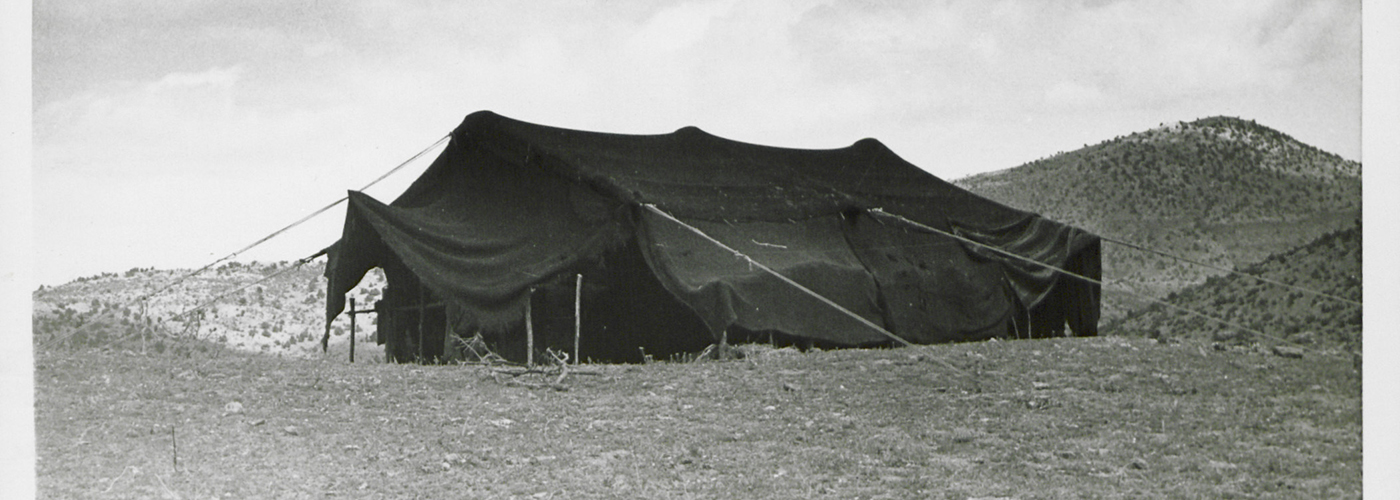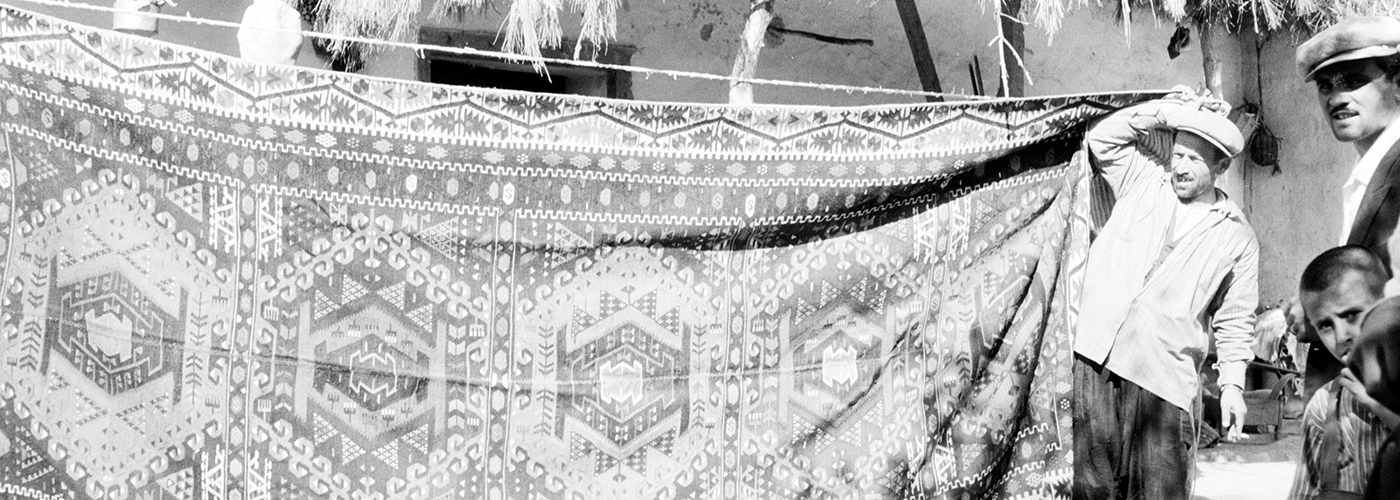Collection Guide
The Scope of the Collection
This collection consists of materials related to the Nomadic tribes on horseback who are one of the nomadic Turkic community that settled relatively recently. The tribes typically live a nomadic life and travele in tents set up on the plains or plateaus, their origin goes back to Oğuz Turks. They emigrated from Central Asia through Iran after the victory of Seljuq Turks against the Byzantine army near Manzikert in 1071. They continued the same old lifestyle in Anatolia and Rumeli (the Balkans) yet some of the Oğuz tribes, known as Türkmen, settled after islamization, and the ones continued nomadic lifestyle came to known as Yörük. Johansen’s fieldwork on Yörüks of Anatolia with the materials represented in this collection became the basis for her scholarly publications and papers later.
Digital Access
Items dated 1956-57 have been digitized and are publicly available online.
Physical Access
Records may be browsed in the Suna Kıraç Library’s Rare Books Room or viewed by appointment in the Reading Room of the Suna Kıraç Library Special Collections and Archives.
Material Request
Within the scope of the Koç University Suna Kıraç Library’s Digitization and Archive Policy, the use of archive documents in the collections is subject to a fee, with the exceptions stated, and the details can be find on the material usage price schedule page. Koç University students, faculty and staff can benefit from archive documents free of charge.You may your requests via the Library and Archive Material Request Form.
Rights
Materials in this collection generally fall under the copyright of Koç University. These materials are publicly available for personal, educational use. Please contact the University Archives staff for permission for other uses at digitalresources@ku.edu.tr
Preferred Citation
[Title of the item], [Identification of item]. Johansen, Ulla. Ulla Johansen Anatolian Ethnology Collection, Koç University Suna Kıraç Library, Special Collections and Archives. [Reference URL for digitized copies]
Access Restriction
This collection is open for research.
Copyright notice
The materials from our collections are made available for use in research, teaching, and private study, pursuant to Turkish law. The user must assume full responsibility for any use of the materials, including but not limited to, infringement of copyright and publication rights of reproduced materials. Any materials used for academic research or otherwise should be fully credited with the source. Koç University provides access to the digital materials on the website for educational and research purposes only. Any other use of these materials without written permission, including but not limited to commercial or scholarly reproductions, redistributions, publication, or transmission, is strictly prohibited.
The unique materials have been digitized and placed online with the exception of published works that are not currently in the public domain, having copyright restrictions. Some materials are available only within the confines of Koç University campus, and some are not currently available online at all. These materials may be made publicly available online at the expiration of their copyright terms, subject to international and domestic copyright laws. Information about the works in question is available for all items, even those to which online access is restricted.
Acquisitions Information
The collection was donated to Koç University by Prof. Dr. Ulla Johansen, ethnologist in 2014.
Digitization
Collection items were digitized in-house by the Koç University Suna Kıraç Library in 2016-2016. Documents were scanned at 300 dpi in TIFF format, Zeutschel OS 12000C A2 while the Nikon 9000ED was used to scan 35mm negatives. JPEG derivative files for visual materials are uploaded to our CONTENTdm digital platform.
Description and Classification Information
The Materials have been classified by archive specialist Senem Acar in 2015. The collection was digitized and cataloged in the library system in 2015. Inventory, item entries and revisions in the digital object management system were completed in 2016.



